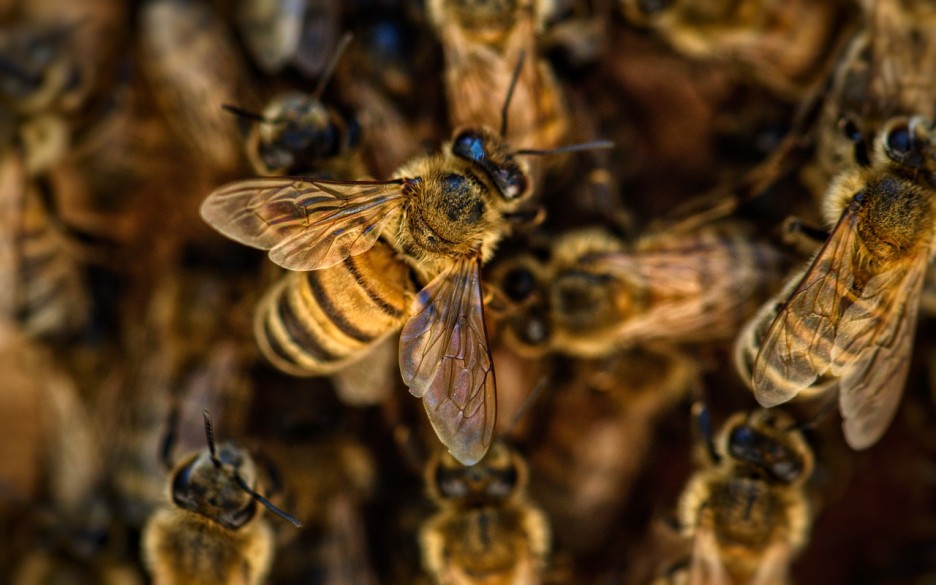'Killer Bees' Detected in 13 U.S. States & Killing Multiple People
The Africanized honey bee has killed multiple people and livestock throughout the United States.

Africanized honey bees, also known as "killer bees," have now been confirmed in at least 13 U.S. states. This marks a significant expansion from their historical strongholds in the Southwest. Once confined to Mexico and the American Southwest, these aggressive, hybrid bees have been slowly creeping northward.
@fox10phoenix A man from Arizona was hospitalized after he and a group of kids were attacked by a swarm of bees in Arizona. #bee attack #bees
♬ original sound - FOX 10 Phoenix - FOX 10 Phoenix
For decades, Africanized bees have stealthily infiltrated states like California, Texas, Arizona, New Mexico, Nevada, and Florida. They can also be found in Utah, Oklahoma, Arkansas, Louisiana, Mississippi, Alabama, and Georgia. Experts point to climate shifts, urban sprawl, and abundant pollen sources as boosters of this movement.
Just in the last three months, four dangerous encounters with the bees have been reported, with one person even dying. While mowing his lawn in Eastland, Texas, 66‑year‑old Stephen Daniel disturbed what was later revealed to be a massive hive estimated to house 20,000+ Africanized bees. As the swarm chased him, Daniel stumbled into his truck seeking refuge, only to crash and collapse. He succumbed at a nearby hospital from circulatory collapse due to en masse stinging.
In another incident in the Lone Star State, three tree trimmers and two others were taken to the hospital after the workers accidentally disturbed a hive. In Comanche County, Texas, three horses were stung to death by the bees after a lawnmower nearby disturbed the hive. In Arizona, three hikers stumbled upon an aggressive hive and had to run a mile before escaping the bees.
The Africanized honey bees were originally bred in Brazil during the 1950s to enhance honey production. However, they escaped quarantine in 1957 and swiftly colonized South and Central America. By the mid-1980s, they had entered North America—arriving in California in 1985, followed by Texas in 1990, Arizona, and New Mexico in 1993–1994.
The bees don't have any more venom than the average Western honey bee. However, their ability to send other bees after a target and chase them for miles after a sting makes them particularly deadly. Hives are also incredibly sensitive to disturbances, having been reported to be set off by far-off noises.
Jamie Ellis, a professor of honey bee research at the University of Florida, stated that "If I'm working around one of my European honey bee colonies and I knock on it with a hammer, it might send out five to 10 individuals to see what's going on. They would follow me perhaps as far as my house and I might get stung once. If I did the same thing with an Africanized colony, I might get 50 to 100 individuals who would follow me much farther and I'd get more stings. It's really an issue of scale."
Originally published on Latin Times





